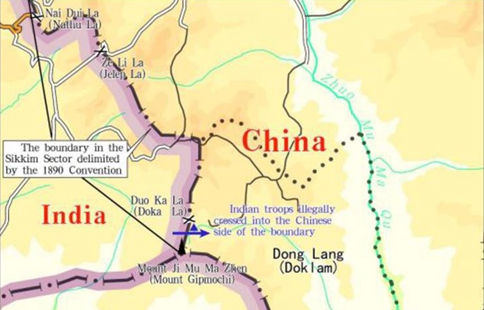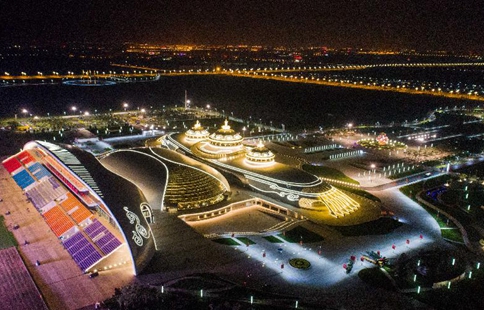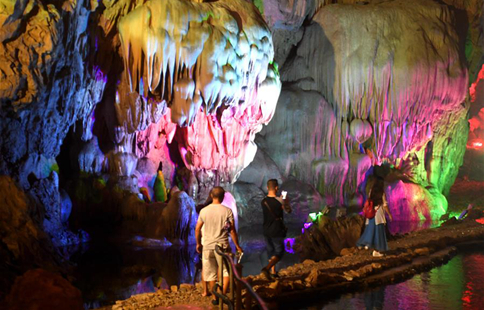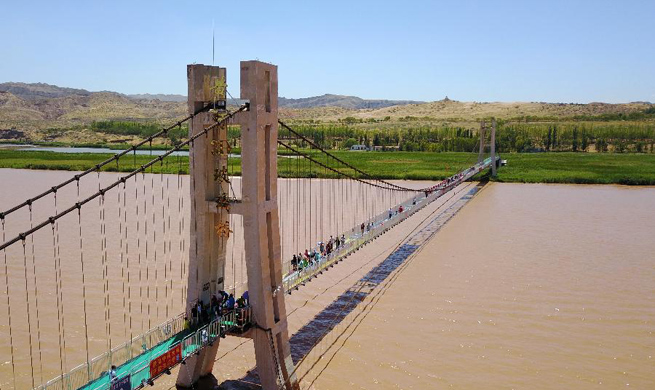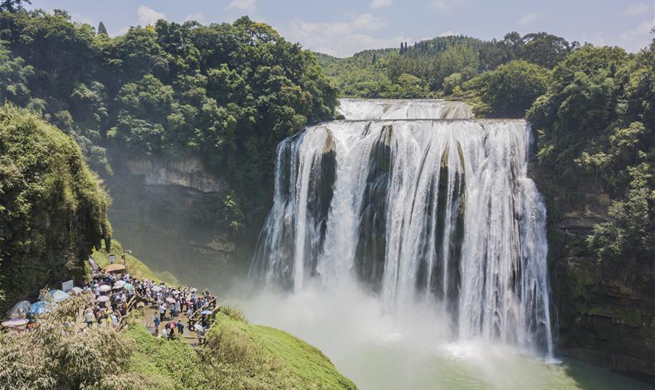NICOSIA, Aug. 2 (Xinhua) -- Its size is not much larger than a soccer field but excavations on the island of Geronisos (Sacred Island) or Saint George Island, as it is called by the locals, have revealed a long history going back to the trojan war.
Geronisos lies a few hundred meters off the coast of the nearby Peyia village, on the western coast of Cyprus, now a blooming tourist resort.
Excavation just concluded by the New York University has brought additional evidence of a civilization that started at the Bronze Age and extended to the Byzantine era, a statement issued by the Department of Antiquities said on Wednesday.
The excavation was done in association with experts from other Universities and Institutions, including that of Haifa and Athens Universities, the Middlebury College, and the Lemba Archaeological Field Station, with each party having collected evidence in the field of his specialized interest
Evidence brought to light by earlier archaeological work showed that the tiny island was first inhabited by people who returned from the trojan war but were rejected by their cities in Greece.
It was the first land they met travelling east from Greece and on that island they built a temple in honor of Apollo, out of respect for the god who they believed had helped their enemies -- the Trojans -- through the 10-year war.
The temple acquired fame through the times, with pilgrims from around the eastern Mediterranean coasts, mostly young men, flocking on the Sacred Island to pay their respects to Apollo.
The people who lived on the island and on the mainland shore opposite profited by fees paid by voyagers stopping there to take on foodstuffs and water before continuing their journey.
In time, the temple was knocked down by raiders and it was replaced by at least three Christian Byzantine churches, which were also destroyed.
The most recent church was built in the 13 century, and recently a newer one, dedicated to Saint George.
The statement said several experts from the Haifa University made mainly underwater work exploring the ancient port on the island which served sailors for many centuries, in search of evidence as to its use.
Prof. Pieter Broucke of Middlebury College continued examination of the foundations of a temple-style building showing setting lines laid out with "enormous precision."
He concluded that the unit used to measure distances was a length closely matching the Egyptian ell.
"This new discovery underscores the fact that the governing unit of measure employed across Geronissos was Ptolemaic Egyptian in origin," the statement said.
Further evidence of Ptolemaic rock-cut tombs was collected by Dr. Luca Cherstich, Oxford PhD, who is an authority on the Ptolemaic rock-cut tombs of Cyrenaica, according to the statement.
"Prof. Dimitris Plantzos of the University of Athens continued his study of the unique Geronissos stamp-seal amulets that find fascinating parallels at Edfu in Egypt," said the statement.
Finally Dr. Paul Croft, of the nearby Lemba Archaeological Field Station found evidence that ashlar building rocks, perfectly squared building blocks used to erect buildings on the island, were stolen away during the first six centuries A.D.
The tiny island is visited by thousands of tourists during the summer period and is frequented by professional and amateur fishers.





